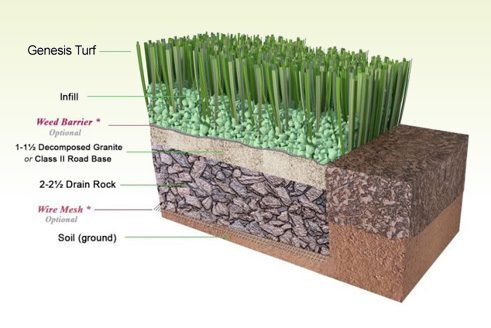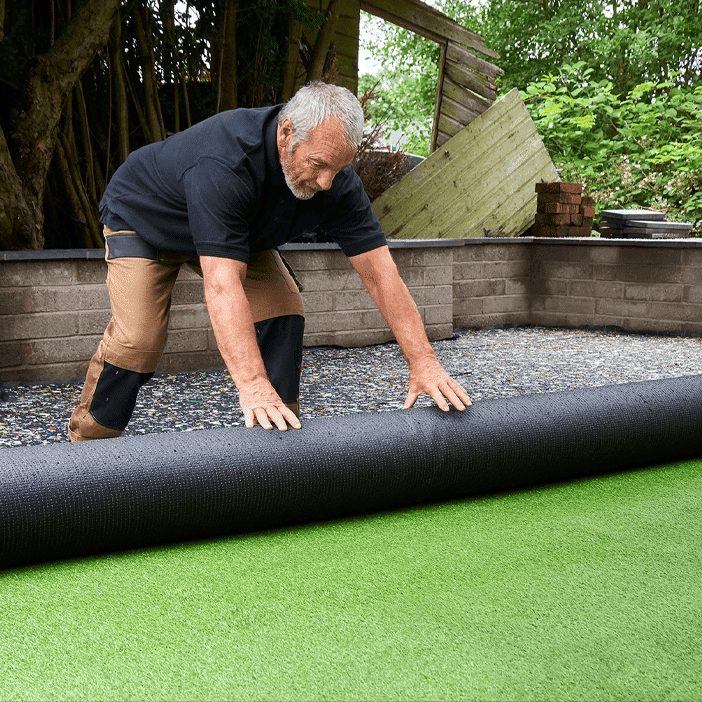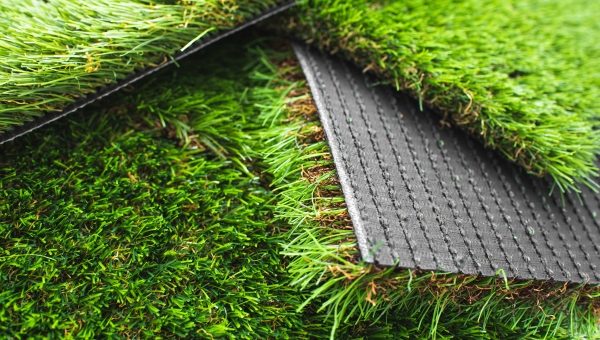Expert Arizona Turf Suppliers Delivering a Realistic Lawn Alternative
Expert Arizona Turf Suppliers Delivering a Realistic Lawn Alternative
Blog Article
Delve Into the Environmental Benefits of Opting for Synthetic Grass Solutions
The adoption of man-made turf solutions offers an engaging chance to deal with pressing ecological challenges. By dramatically lowering water usage and minimizing the application of hazardous chemicals, these alternatives not only advertise lasting landscaping but likewise secure neighborhood ecological communities. The reduced carbon impact associated with reduced maintenance tasks adds to a much more sustainable approach to land administration. The ramifications of these advantages prolong past mere preservation efforts, elevating inquiries concerning their long-lasting influence on habitat preservation and general environmental balance. Checking out these dimensions discloses a complex interaction worth taking into consideration.
Water Preservation Advantages
One of one of the most considerable benefits of synthetic turf is its capability to save water. Typical yard yards call for considerable irrigation, especially in areas vulnerable to dry spell or water limitations. In contrast, synthetic lawn does not need watering, dramatically reducing the overall need for water sources. This function is especially helpful in deserts where water shortage is a pushing concern.
By removing the need for routine watering, fabricated grass contributes to sustainable landscape methods and aids minimize the environmental effect of extreme water consumption. Furthermore, the preservation of water encompasses the decrease of drainage, which can lead to dirt disintegration and river air pollution.
Additionally, the setup of synthetic grass permits communities and property owners to designate water sources much more efficiently, concentrating on important uses such as alcohol consumption water and agriculture. The shift towards synthetic lawn not just promotes accountable water usage however additionally straightens with more comprehensive environmental goals intended at preserving natural deposits.
As areas increasingly focus on sustainability, the water preservation benefits of synthetic turf offer an engaging instance for its fostering in business and property landscape design projects.
Lowered Chemical Use
The change to synthetic grass considerably decreases the dependence on chemical therapies commonly used in all-natural lawn upkeep. Standard lawn monitoring commonly entails the application of plant foods, herbicides, and chemicals to promote growth and control insects. These chemicals can present risks to human wellness, local wildlife, and the environment, adding to soil and water contamination.
In comparison, fabricated turf eliminates the need for these hazardous materials. By lessening the launch of artificial compounds into the ecological community, synthetic lawn promotes healthier dirt and water systems.
Furthermore, the lack of chemical drainage related to fabricated turf installments aids secure neighborhood waterways from air pollution, sustaining marine life and preserving biodiversity. Turf installation phoenix az. As areas increasingly focus on sustainable methods, going with synthetic grass offers a feasible remedy that straightens with ecological preservation objectives. With this change, homeowner can delight in lavish green rooms without jeopardizing eco-friendly health, leading the means for a much more sustainable future
Lower Carbon Footprint

Furthermore, the installment of synthetic grass can result in considerable water conservation. All-natural lawns need considerable amounts of water for watering, which not only contributes to the carbon footprint connected with water removal and treatment yet also pressures local water sources. In comparison, fabricated grass needs marginal maintenance, calling for no watering, thus considerably lowering water use and its connected power costs.
Additionally, the long life of artificial lawn adds to its decreased carbon impact. With a lifespan of as much as 15 years or more, the requirement for frequent replacements is lessened, resulting in less waste and lower power intake in manufacturing and getting rid of conventional lawn index alternatives. Overall, synthetic grass offers a lasting option for environmentally aware landscaping.
Environment Preservation
Environment preservation is an essential factor to consider in the debate over landscaping selections, particularly when contrasting fabricated grass to natural lawn. All-natural turf yards often require comprehensive maintenance, consisting of the usage of herbicides, chemicals, and fertilizers, which can adversely influence neighborhood communities. These chemicals can leach into the dirt and rivers, hurting native vegetation and fauna and interfering with neighborhood environments.
Synthetic lawn eliminates the need for hazardous chemicals, thereby protecting neighboring wild animals and keeping the integrity of surrounding ecosystems. The installment of synthetic grass can lead to the conversion of previous grass areas right into even more biodiverse landscapes, such as pollinator yards or indigenous plant locations, which can support neighborhood wildlife.
Eventually, the shift to man-made lawn not just preserves water and lowers maintenance initiatives however additionally cultivates an extra unified connection in between human tasks and the native environment, advertising environment conservation at the same time.
Long-Term Sustainability
Long-term sustainability is a vital consider examining the benefits of synthetic grass over traditional grass lawns. One of the most significant advantages of fabricated grass is its durability; it can last approximately 15-20 years with marginal upkeep, whereas all-natural grass calls for frequent reseeding and substitute. This long life decreases the demand This Site for constant sources, such as water, plant foods, and pesticides, which are essential for preserving a healthy yard yard.
Furthermore, synthetic grass adds to a decrease in carbon discharges associated with grass treatment equipment. Conventional lawns typically call for gas-powered mowers, trimmers, and blowers, all of which add to air pollution. Arizona artificial turf. On the other hand, synthetic grass gets rid of the need for such devices, advertising a cleaner environment
Moreover, the manufacturing of synthetic grass increasingly utilizes recycled materials, improving its sustainability account. As manufacturers take on environment-friendly practices, the ecological footprint of fabricated turf proceeds to decrease.

Verdict
The adoption of synthetic grass options presents considerable ecological advantages, including substantial water conservation, reduced dependence on hazardous chemicals, and a reduced carbon footprint. Additionally, synthetic grass aids in preserving all-natural habitats by reducing land disruption and advertising long-term sustainability with making use of durable products. Collectively, Discover More these factors emphasize the possibility of fabricated grass to contribute positively to environmental health and offer a sensible option to conventional landscape design methods in a significantly resource-conscious world.
In contrast, man-made lawn does not need watering, considerably minimizing the general demand for water resources. By decreasing the launch of synthetic substances into the ecosystem, fabricated turf promotes much healthier dirt and water systems.
Furthermore, the installment of artificial turf can result in considerable water preservation. In comparison, synthetic grass needs very little upkeep, calling for no watering, thus significantly decreasing water usage and its linked energy costs.

Report this page